Sukkot 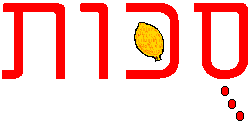
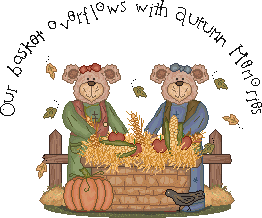 The Festival of Sukkot begins on Tishri 15, the fifth day after Yom Kippur. It is quite a drastic transition, from one of the most solemn holidays in our year to one of the most joyous.
This festival is sometimes referred to as Zeman Simkhateinu, the Season of our Rejoicing. Sukkot lasts for seven days. The two days following the festival are separate holidays, Shemini Atzeret and Simchat Torah, but are commonly thought of as part of Sukkot.

The word "Sukkot" means "booths," and refers to the temporary dwellings that we are commanded to live in during this holiday. The name of the holiday is frequently translated "The Feast of Tabernacles," which, like many translations of technical Jewish terms, isn't terribly useful unless you already know what the term
is referring to. The Hebrew pronunciation of Sukkot is "Sue COAT," but is often pronounced as in Yiddish, to rhyme with "BOOK us."
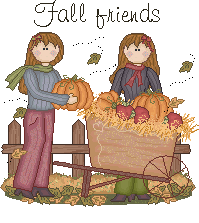
Like Passover and Shavuot, Sukkot has a dual significance: historical and agricultural. The holiday commemorates the forty-year period during which the children of Israel were wandering in the desert, living in temporary shelters. Sukkot is also a harvest festival, and is sometimes referred to as Chag Ha-Asif, the
Festival of Ingathering.

The festival of Sukkot is instituted in Leviticus 23:33 et seq. No work is permitted on the first and second days of the holiday. Work is permitted on the remaining days. These intermediate days on which work is permitted are referred to as Chol Ha-Mo'ed.
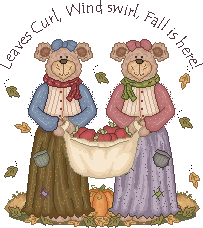
In honor of the holiday's historical significance, we are commanded to dwell in temporary shelters, as our ancestors did in the wilderness. The commandment to "dwell" in a sukkah can be fulfilled by simply eating all of one's meals there; however, if the weather, climate, and one's health permit, one should live in the
sukkah as much as possible, including sleeping in it.

A sukkah must have at least three walls covered with a material that will not blow away in the wind. Canvas covering tied or nailed down is acceptable and quite common. A sukkah may be any size, so long as it is large enough for you to fulfill the commandment of dwelling in it. The roof of the sukkah must be made of
material referred to as sechach (literally, covering). To fulfill the commandment, sekcach must be something that grew from the ground and was cut off, such as tree branches, corn stalks, bamboo reeds, sticks, or two-by-fours. Sechach must be left loose, not tied together or tied down. Sechach must be placed sparsely enough that rain can get in, and preferably sparsely enough that the stars can
be seen, but not so sparsely that more than ten inches is open at any point or that there is more light than shade. The sechach must be put on last.

It is common practice, and highly commendable, to decorate the sukkah. In the northeastern United States, Jews commonly hang dried squash and corn in the sukkah to decorate it, because these vegetables are readily available at that time for the American holidays of Halloween and Thanksgiving. Building and decorating a
sukkah is a fun, family project.
 Another observance related to Sukkot involves what are known as The Four Species (arba minim in Hebrew) or the lulav and etrog. We are commanded to take these four plants and use them to "rejoice
before the L-rd." The four species in question are an etrog (a citrus fruit native to Israel), a palm branch (in Hebrew, lulav), two willow branches (arava) and three myrtle branches (hadas). The six branches are bound together and referred to collectively as the lulav. The etrog is held separately. With these four species in hand, one recites a blessing and waves the species in all six
directions (east, south, west, north, up and down, symbolizing the fact that G-d is everywhere). Another observance related to Sukkot involves what are known as The Four Species (arba minim in Hebrew) or the lulav and etrog. We are commanded to take these four plants and use them to "rejoice
before the L-rd." The four species in question are an etrog (a citrus fruit native to Israel), a palm branch (in Hebrew, lulav), two willow branches (arava) and three myrtle branches (hadas). The six branches are bound together and referred to collectively as the lulav. The etrog is held separately. With these four species in hand, one recites a blessing and waves the species in all six
directions (east, south, west, north, up and down, symbolizing the fact that G-d is everywhere).

The four species are also held during the Hallel prayer in religious services, and are held during processions around the bimah (the pedestal where the Torah is read) each day during the holiday. These processions commemorate similar processions around the alter of the ancient Temple in Jerusalem. The processions are
known as Hoshanahs, because while the procession is made, we recite a prayer with the refrain, "Hosha na!" (please save us!). On the seventh day of Sukkot, seven circuits are made. For this reason, the seventh day of Sukkot is known as Hoshanah Rabbah (the great Hoshanah).
Shemini Atzeret and Simchat Torah
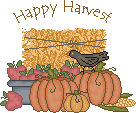
Tishri 22, the day after the seventh day of Sukkot, is the holiday Shemini Atzeret. In Israel, Shemini Atzeret is also the holiday of Simchat Torah. Outside of Israel, where extra days of holidays are held, only the second day of Shemini Atzeret is Simchat Torah. These two holidays are commonly thought of as part of
Sukkot, but that is technically incorrect; Shemini Atzeret is a holiday in its own right and does not involve the special observances of Sukkot.

Shemini Atzeret literally means "the assembly of the eighth (day)." Rabbinic literature explains the holiday this way: G-d is like a host, who invites us as visitors for a limited time, but when the time comes for us to leave, He has enjoyed himself so much that He asks us to stay another day.
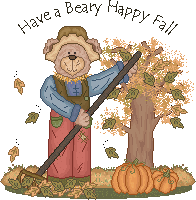
The annual cycle of weekly torah readings is completed at this time. We read the last Torah portion, then proceed immediately to the first chapter of Genesis, reminding us that the Torah is a circle, and never ends. This completion of the readings is a time of great celebration. There are processions around the
synagogue carrying Torahs and plenty of high-spirited singing and dancing. As many people as possible are given the honor of carrying a Torah scroll in these processions. This aspect of the holiday is known as Simchat Torah, which means "Rejoicing in the Torah." Simchat Torah and Shemini Atzeret are separated in areas that observe an extra day of holidays, so outside of Israel, Shemini Atzeret
is Tishri 22 and Simkhat Torah is Tishri 23.

Shemini Atzeret and Simkhat Torah are holidays on which work is not permitted.
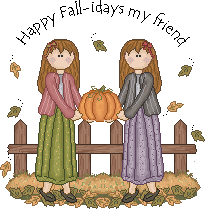
Visit another great website on Sukkot and Simchat Torah: Click here.[ Jewish World ]
[ Home ] [ Site Map ] [
Guestbook ] [ Email ]

Text from Judaism 101
Graphics by:
Rajivs Graphics - Graphics Cupboard -
Kids Domain
 
 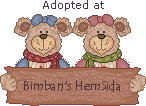 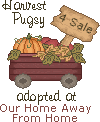
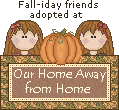 |